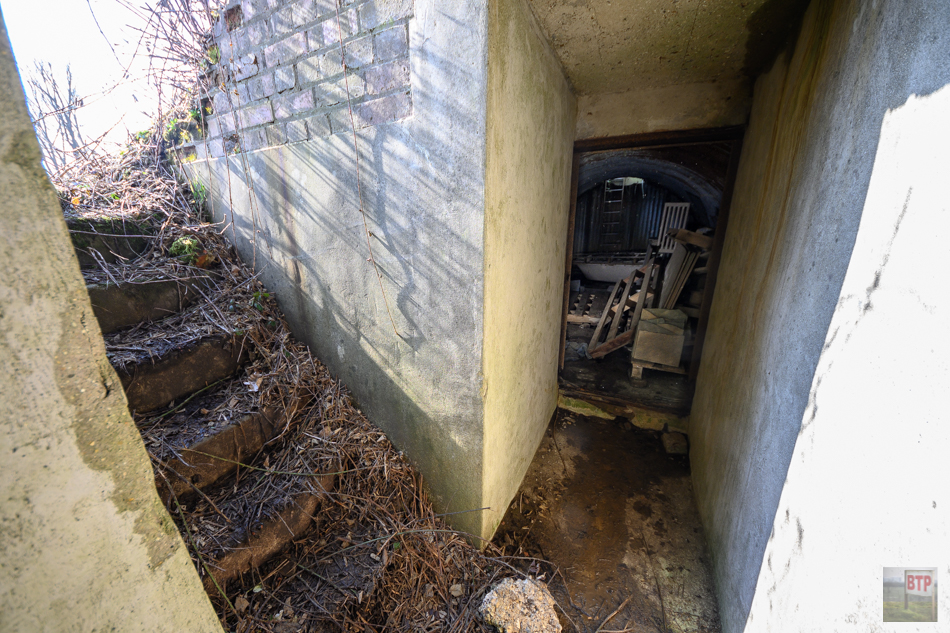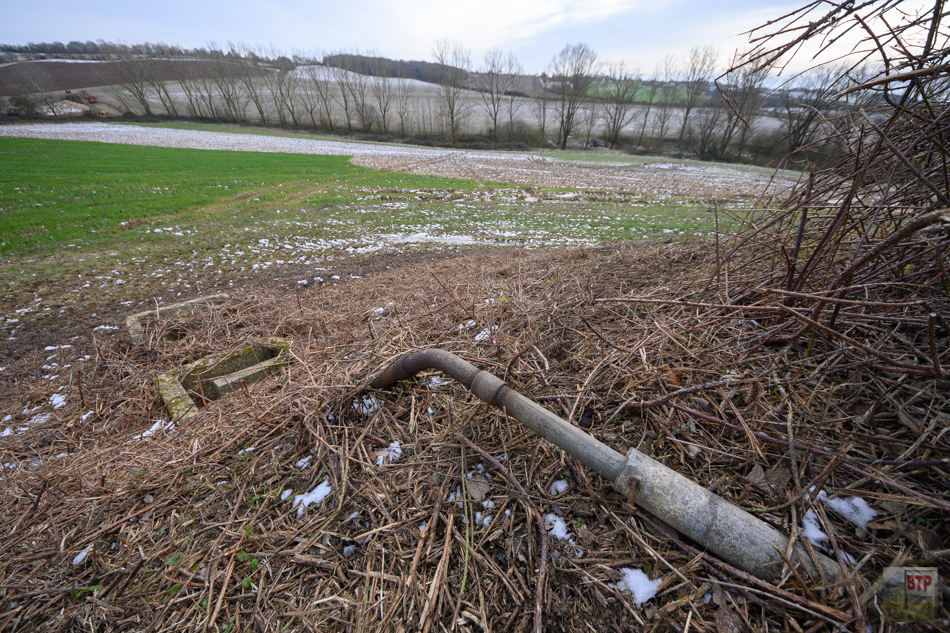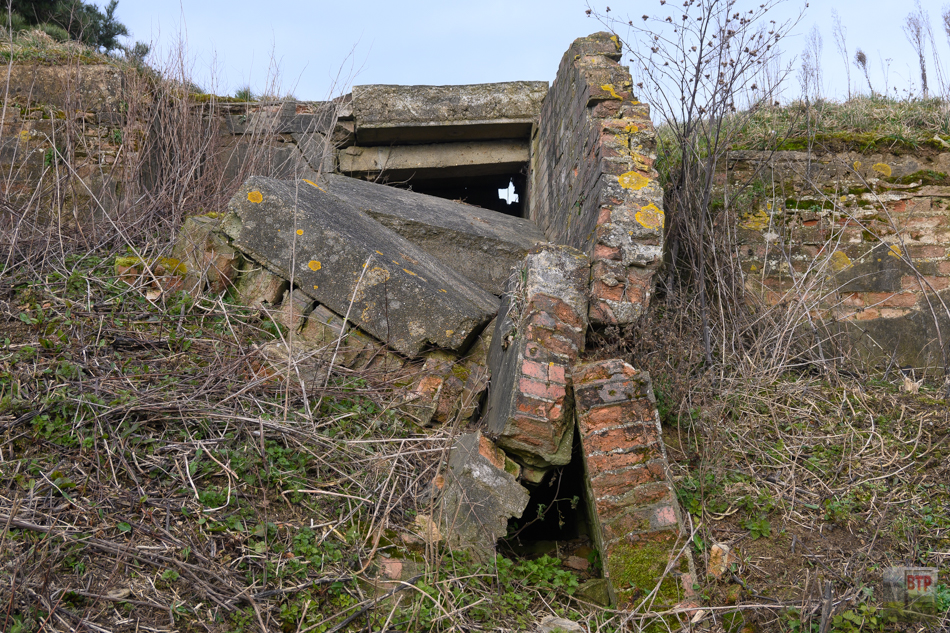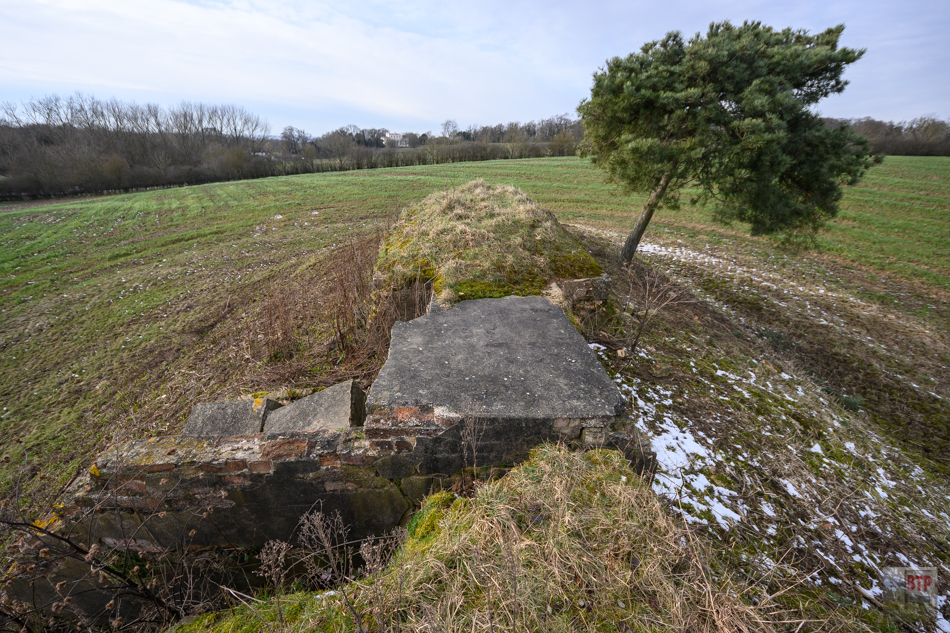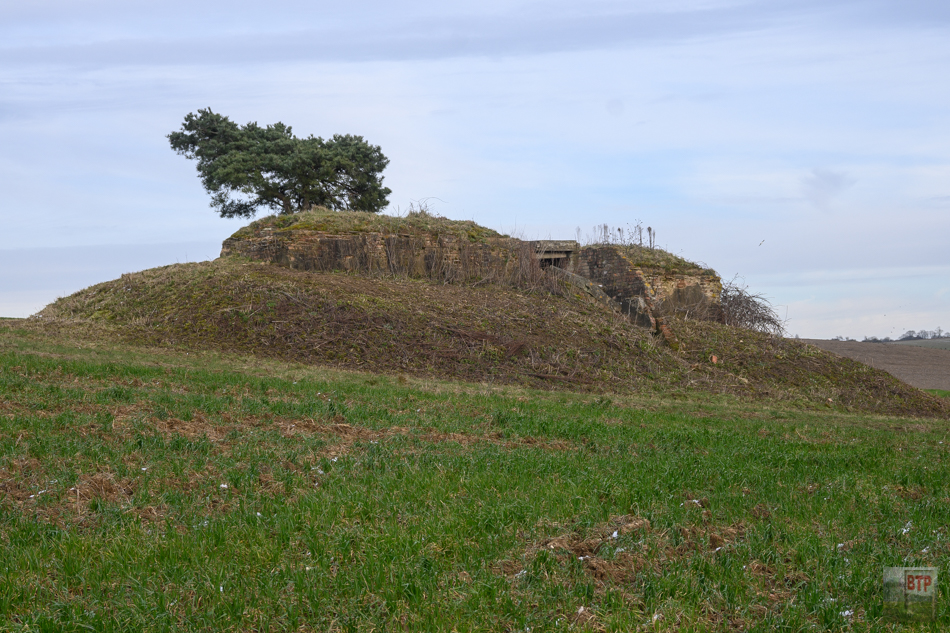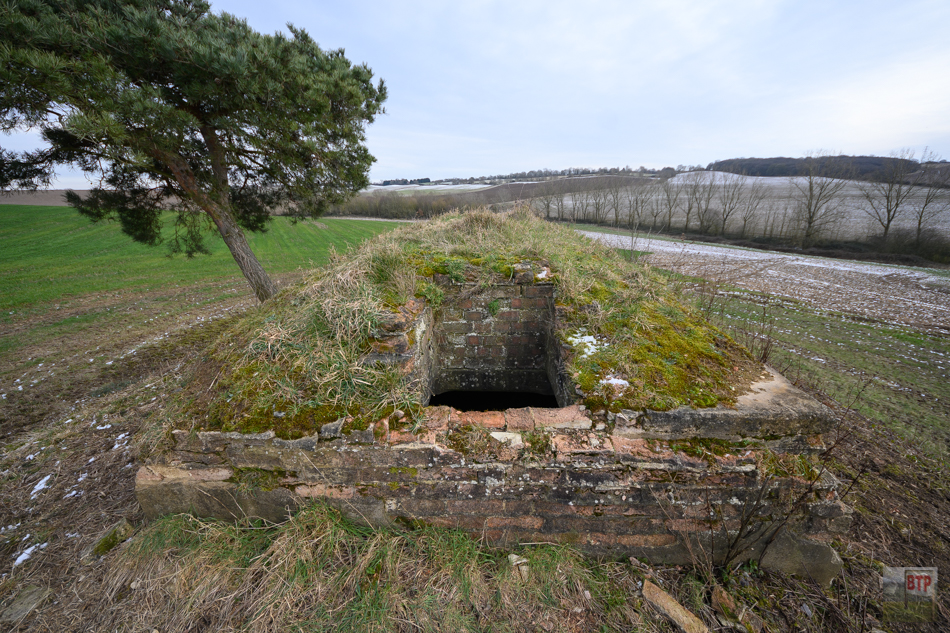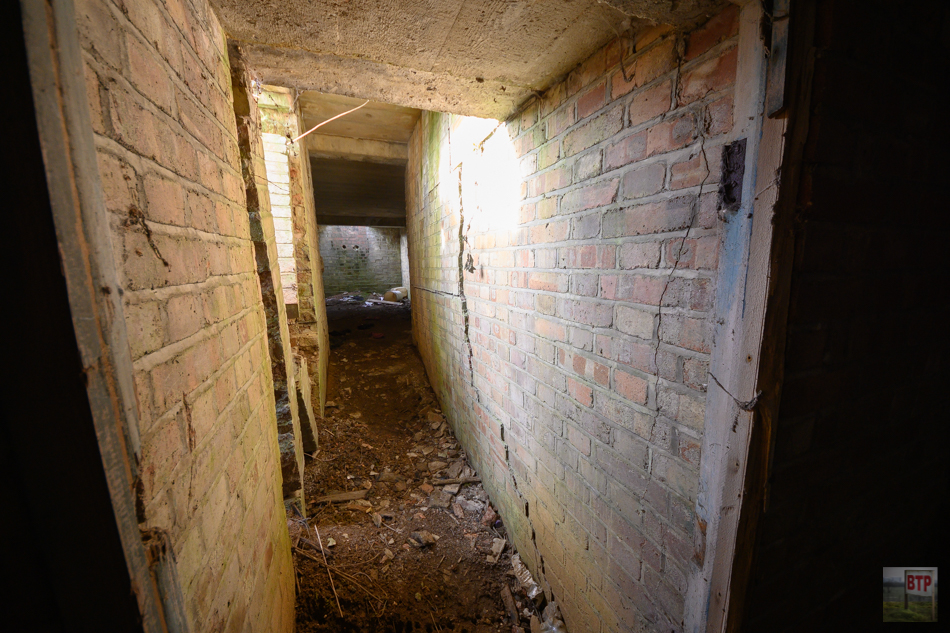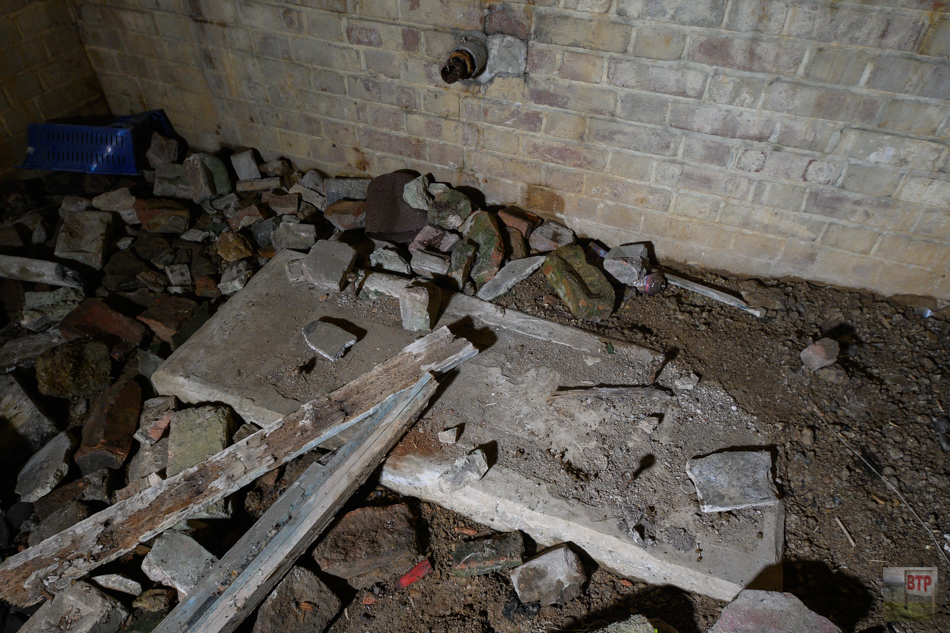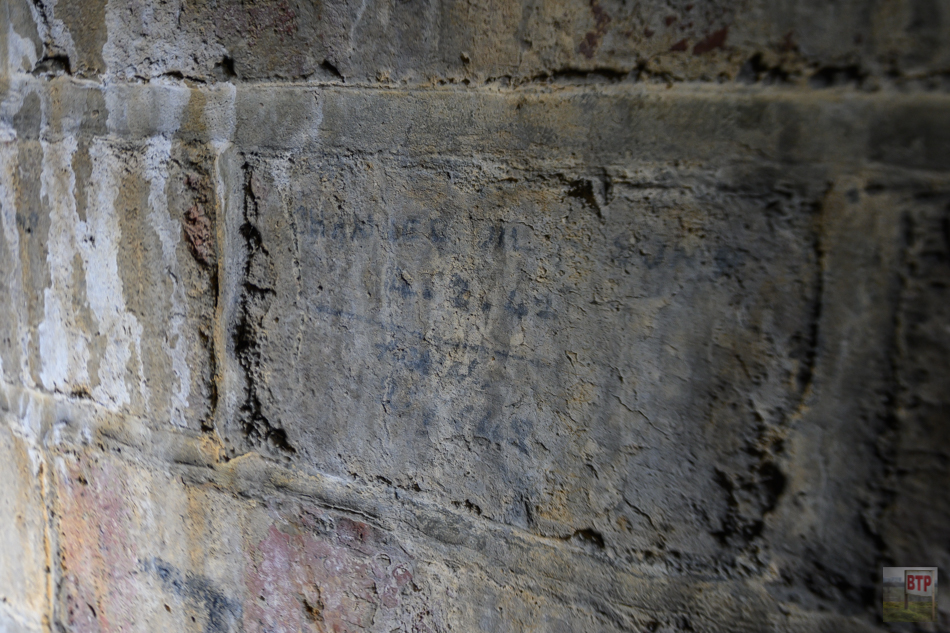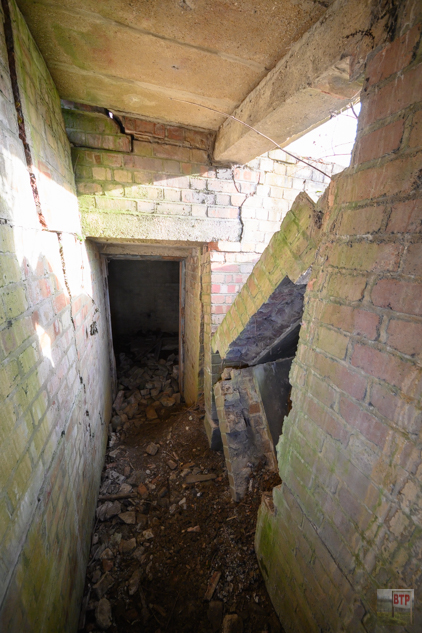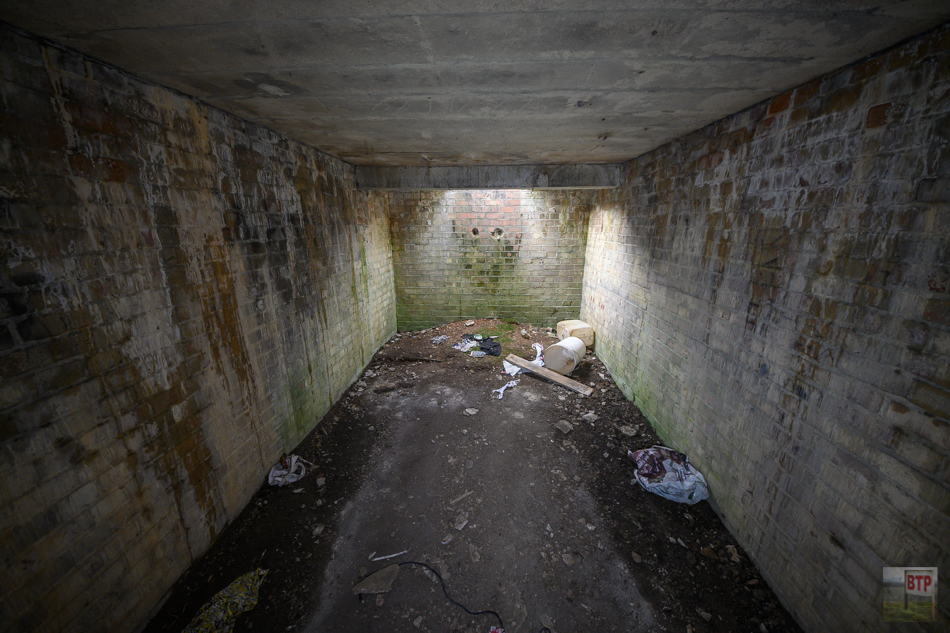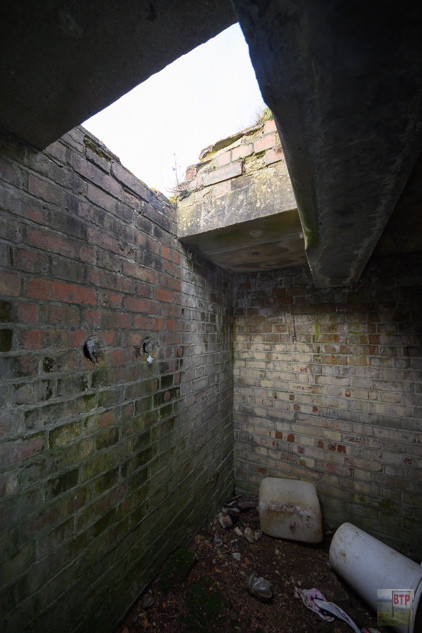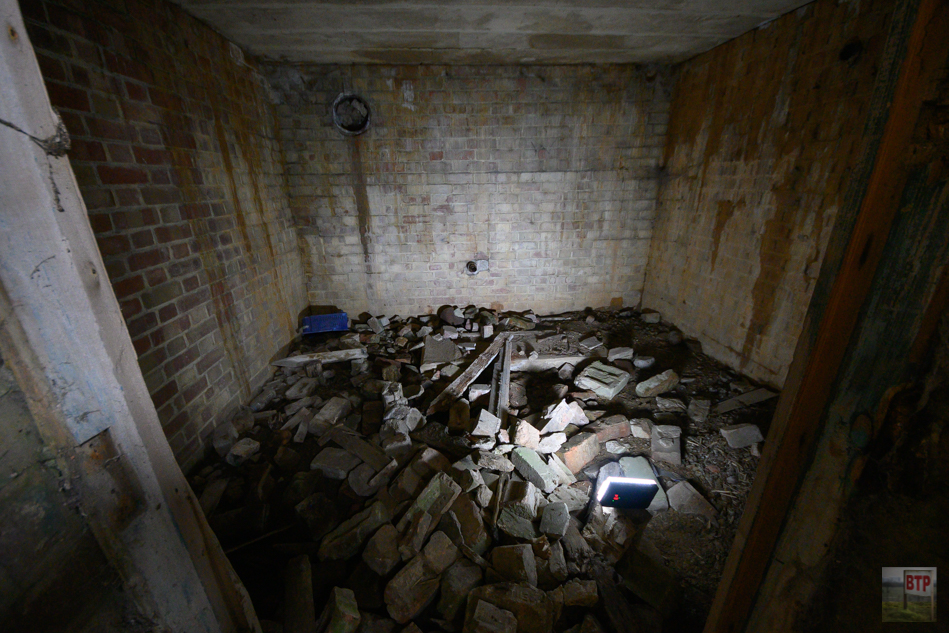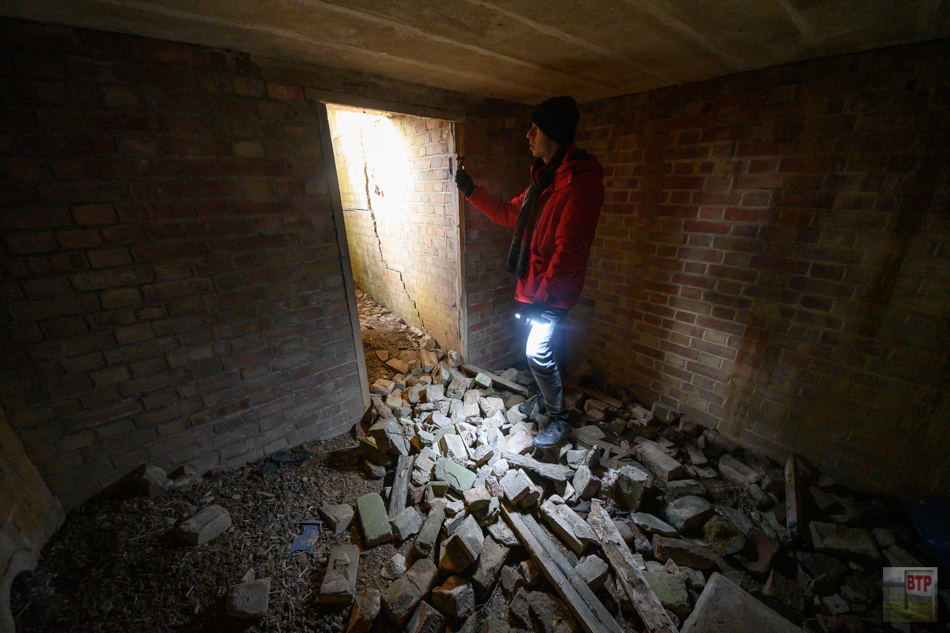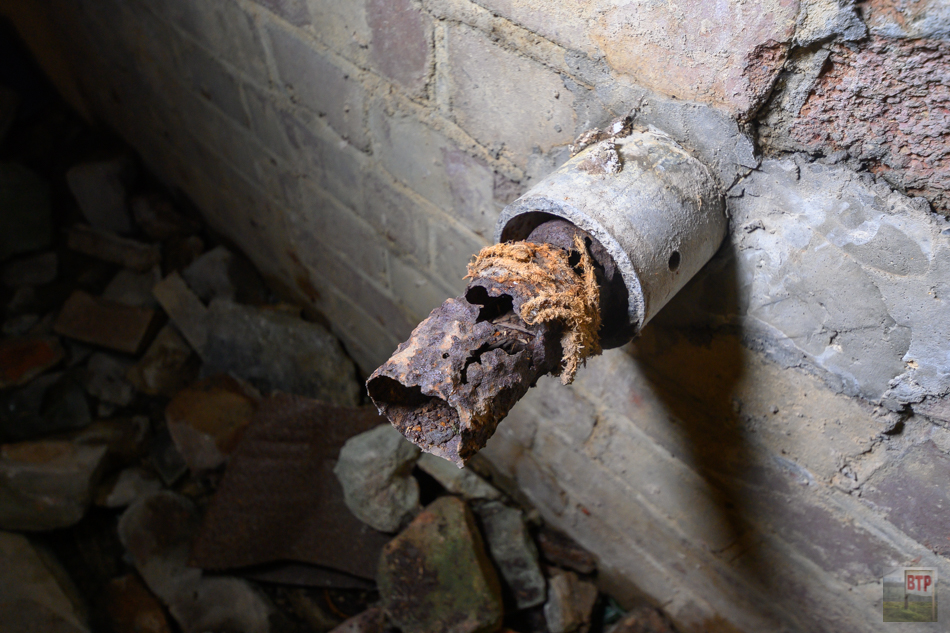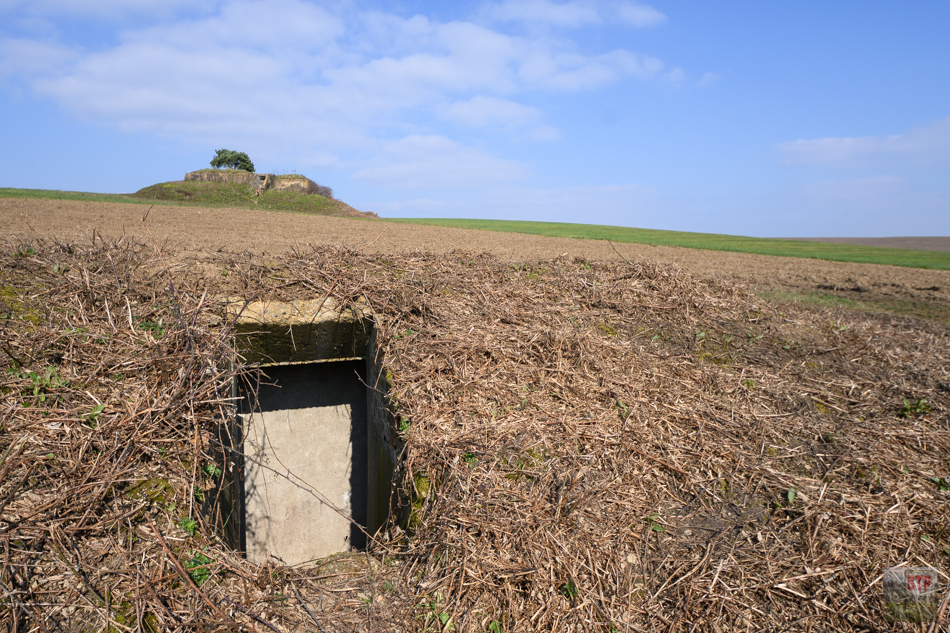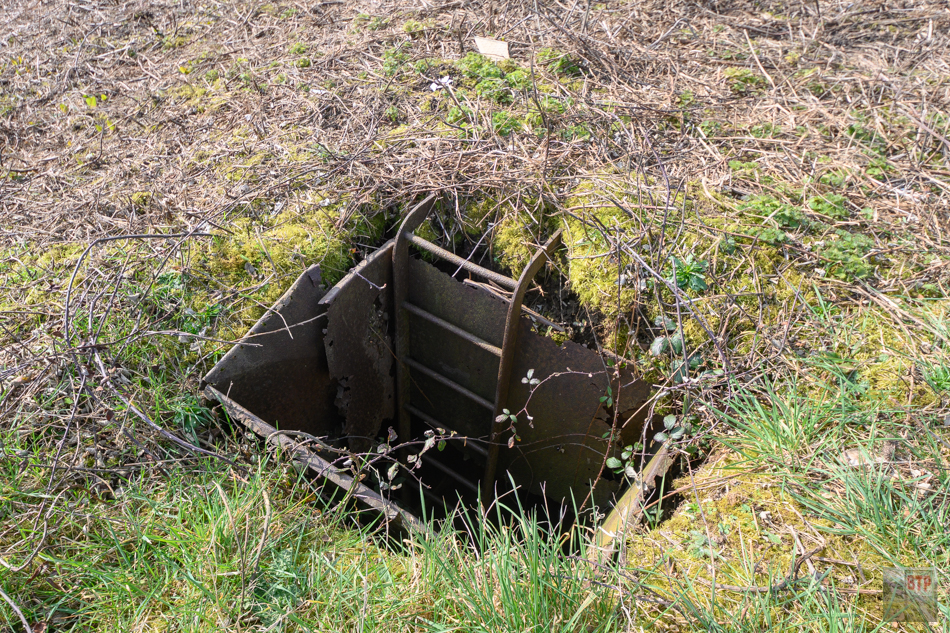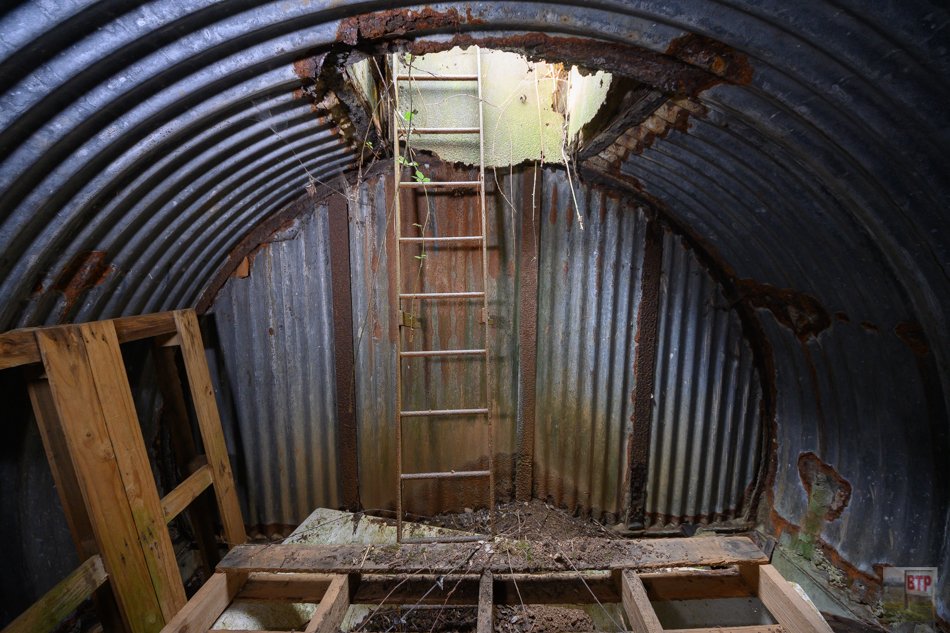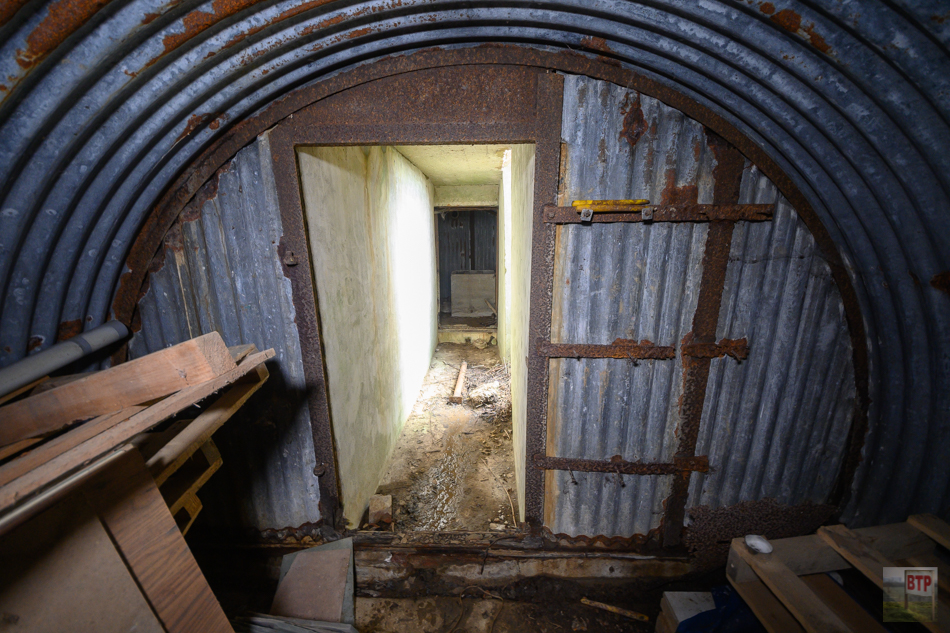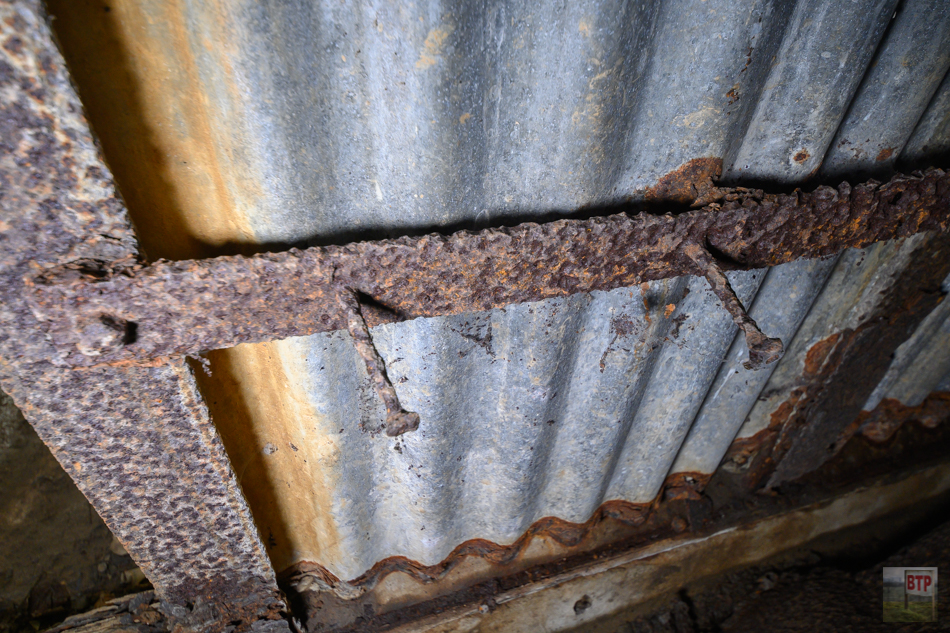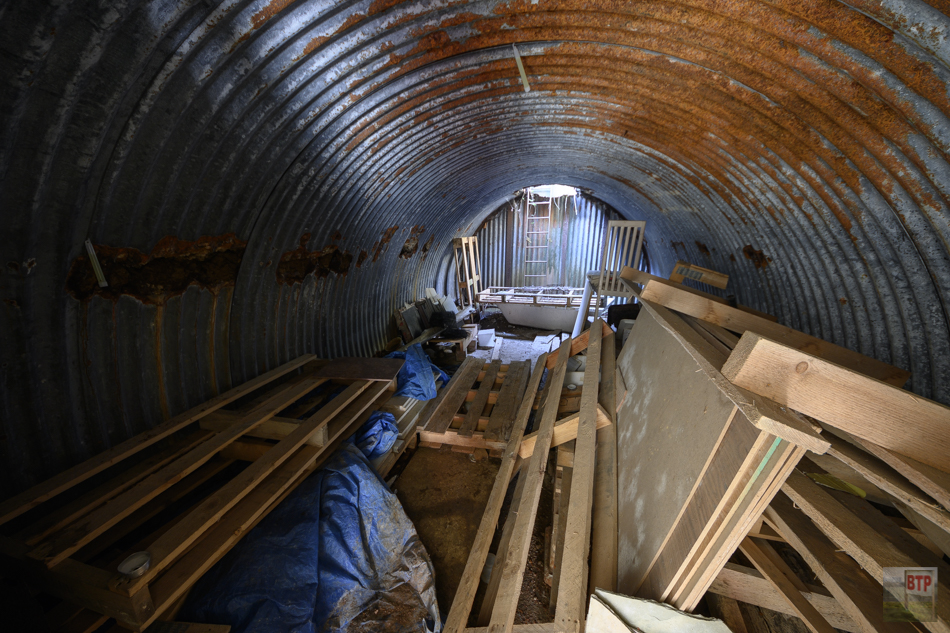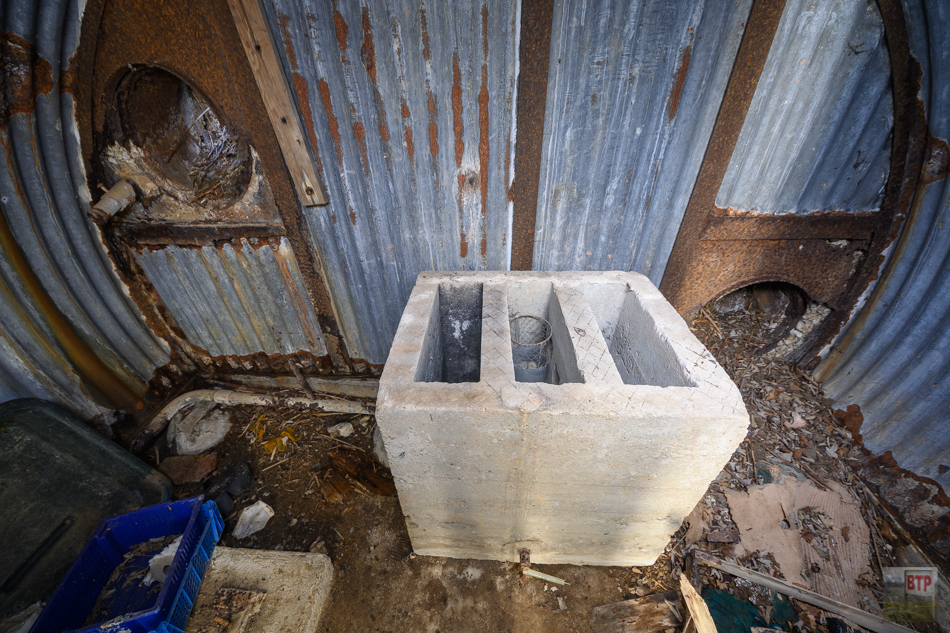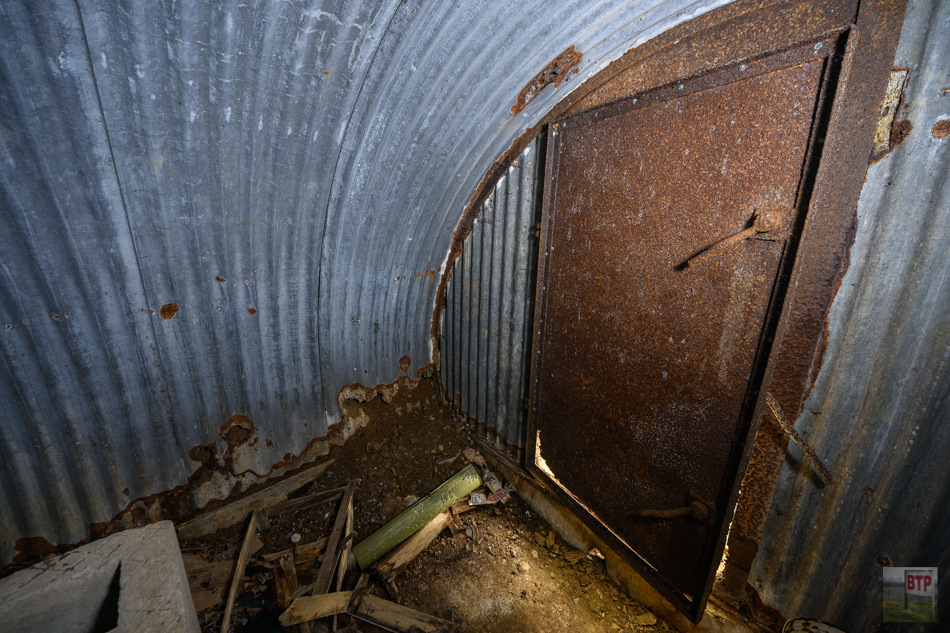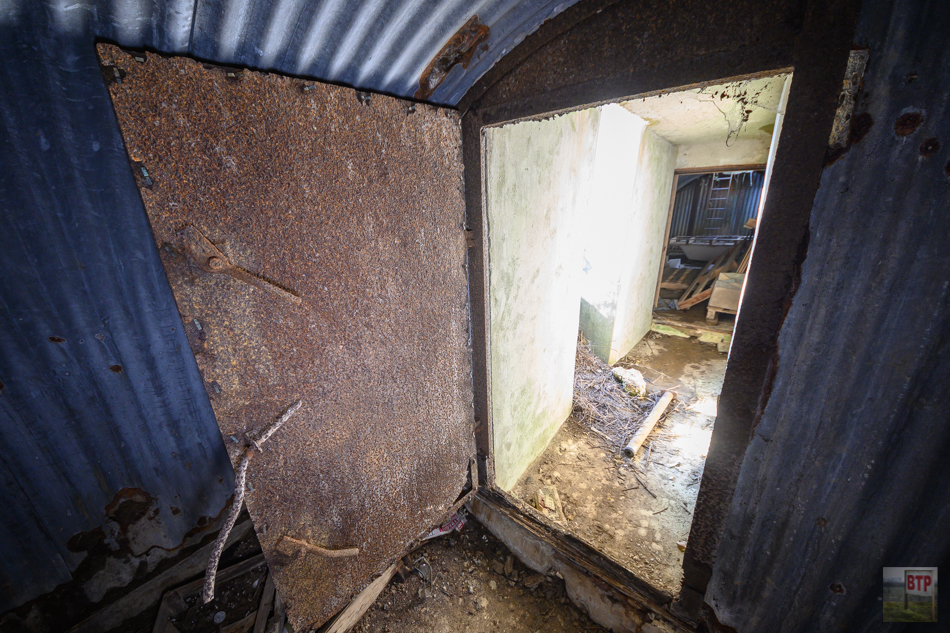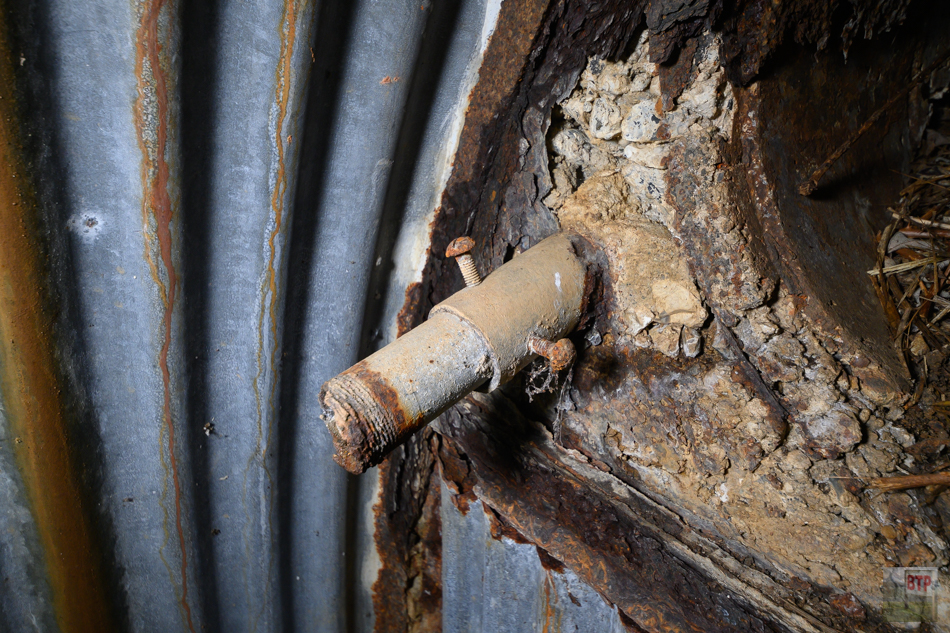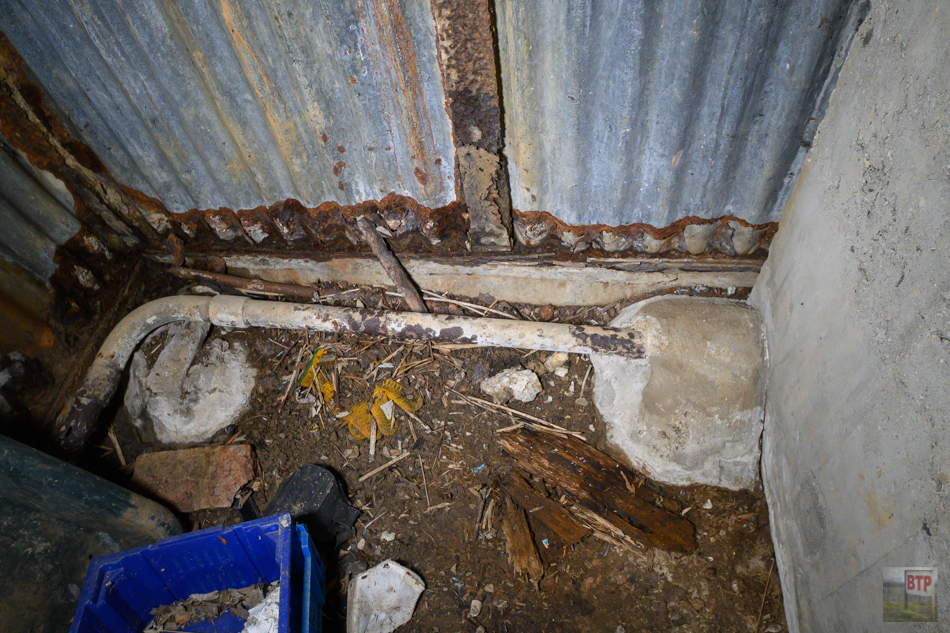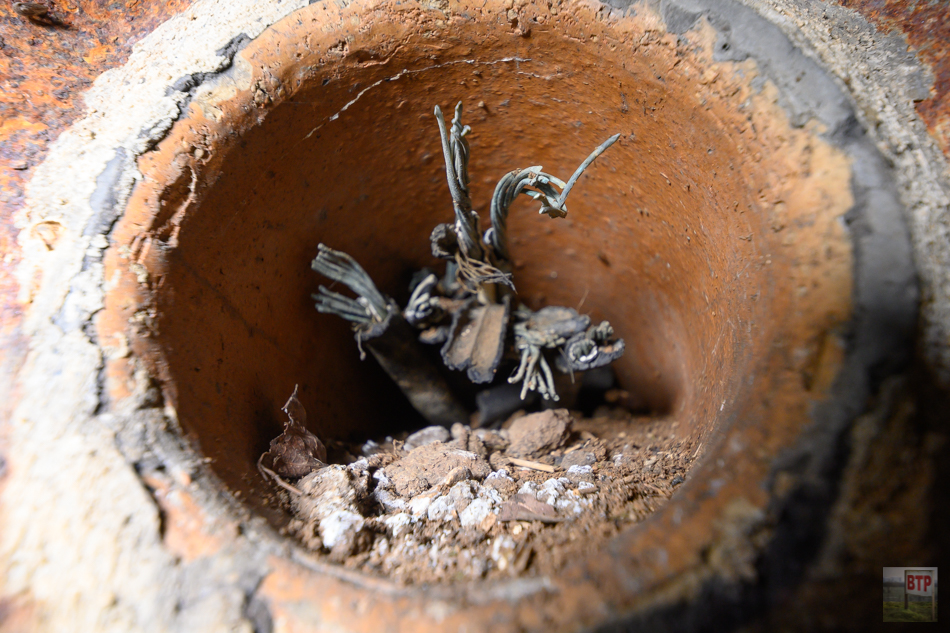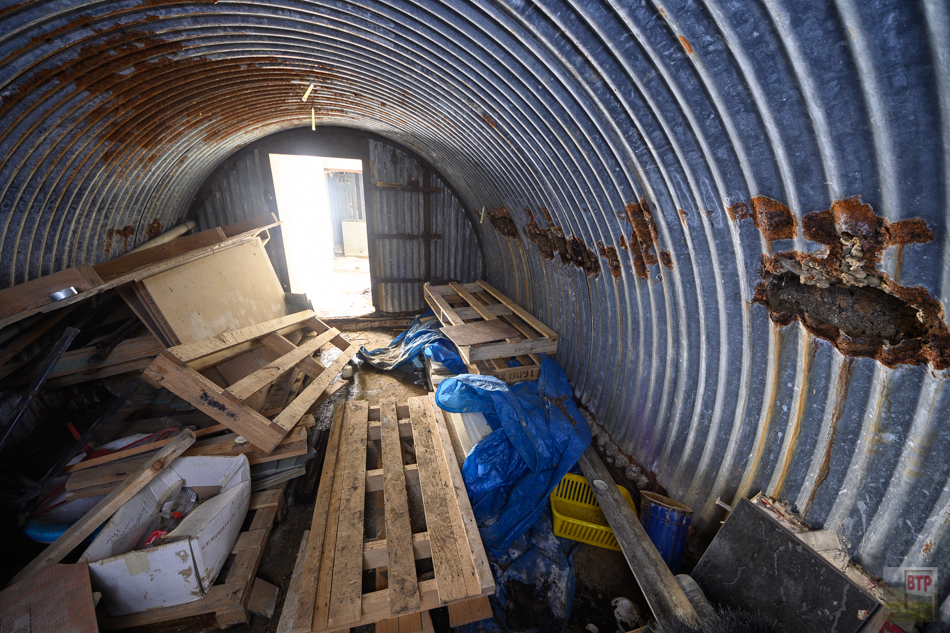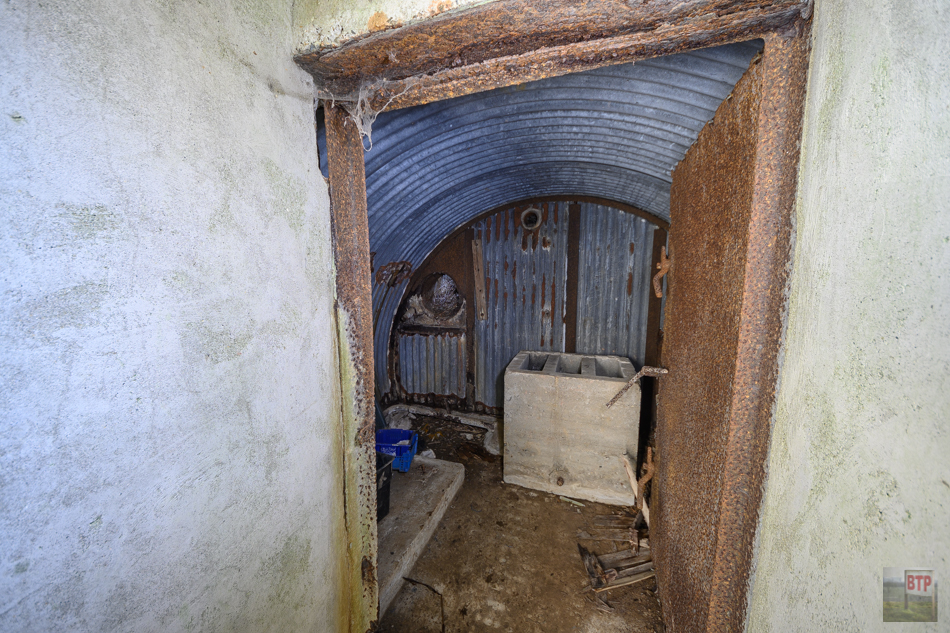As aerial bombing emerged during the Second World War so did the defences. In addition to anti-aircraft batteries the Government started to build more discreet defensive positions with a new decoy programme launched in 1940 with some 839 decoys built. Potential targets such as airfields, factories or oil refineries had decoys built in the nearby fields where oil would be pumped out and burnt to simulate that the area had already been bombed – a simple yet effective defence.
Despite hundreds being built, this is the last airfield decoy which survives in Essex and is one of few nationally. Records suggest it was first operational in March 1940. It would have protected RAF North Weald which is around 4 miles to the east. Two structures survive today; an above ground, and subterranean, night shelter. In our video above we explore the night shelters. The decoy formation itself which would have spanned the field is no longer extant in any obvious way.
Nazeing was known as a ‘K’ site during the day and would have had a mock runway and defence positions plus some dummy Hurricanes. By night the decoy was a ‘Q’ site and would have featured lighting installations.
Read more specific details about the bunkers here at Historic England.
Northern Night Shelter
The northern night shelter features the operations room and engine room, both accessed by the corridor off of the entrance. The operations room was equipped with an escape hatch at one end. The engine room would have connected to the pipes outside to pump out the fuel. This shelter was made of brick and concrete above ground and surrounded by earth, and although of very solid construction, the entrance has collapsed – possibly intentionally destructed in a vain attempt to seal the bunker.
Exterior
Interior
Southern Night Shelter
The southern night shelter is similar in layout to the northern bunker, and features the operations room and engine room in a similar layout accessed by an entrance corridor. The main differences with this bunker is that it is fully buried underground and made from a relatively thin corrugated iron tube, as well as being is slightly smaller. Perhaps this was an earlier less-sturdy bunker, with the northern shelter being added later into the war to supersede it, although the exact reason for there being two shelters of similar design and function is not understood.
